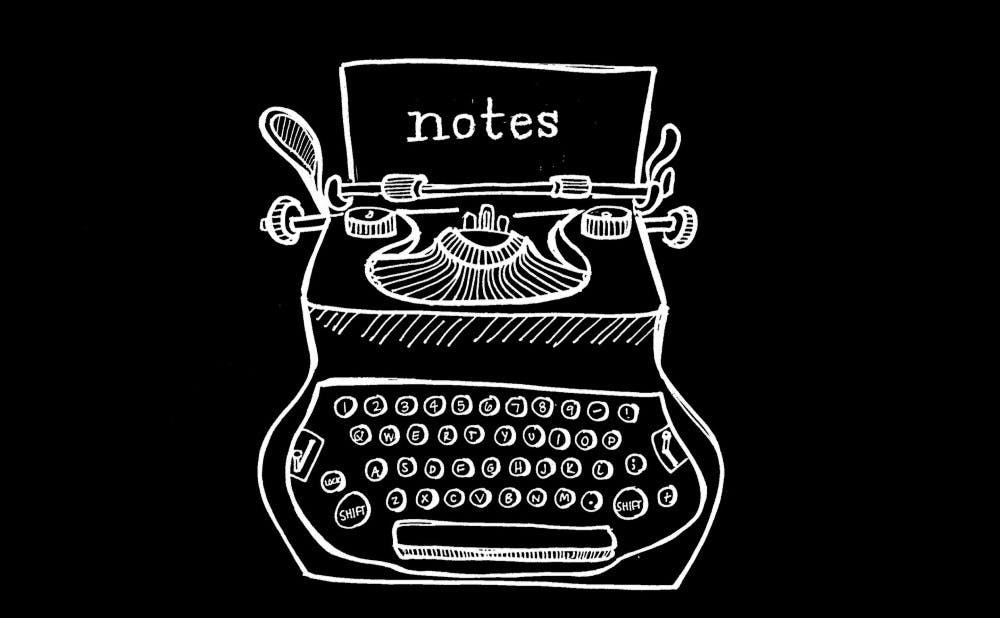Hitched between the birth and swift death of rock ‘n’ roll on one side and the frenzy of the British Invasion on the other, the era from roughly 1960 to 1964 has been incorrectly painted as a down period for pop music. To many, the death of Buddy Holly and the conscription of Elvis Presley left behind an empty landscape in the charts. Some of the criticism leveled on this period has undoubtedly sexist undertones — this was the peak of the dominance of girl groups — and recording innovations like Phil Spector’s “Wall of Sound” trace their origins to this time. But of all the movements in the early 1960s, one musician towers above them all: Roy Orbison.
A few weeks ago, a fellow Recess staffer reflected on the influence of another legend, Townes Van Zandt. If Van Zandt was country music’s patron saint of loneliness, Orbison was the same for pop. His compositions touched heights that few performers, then and now, have matched.
Orbison began to find fame with the 1956 single “Ooby Dooby,” but it wasn’t until 1960’s “Only the Lonely” that he really found his voice. Uncomfortable with the faster-paced rock that was favored at the time, Orbison was more suited to orchestral pop, and his greatest ballads — like “Running Scared,” “Crying” and “In Dreams” — follow the latter mode. He found a fan in a young Bob Dylan, who sums up Orbison’s towering place in pop music in his 2004 memoir “Chronicles”:
“With Roy, you didn’t know if you were listening to mariachi or opera. He kept you on your toes. With him, it was all about fat and blood. He sounded like he was singing from an Olympian mountaintop and he meant business. … His songs had songs within songs. They shifted from major key to minor key without any logic. Orbison was deadly serious — no pollywog and no fledgling juvenile. There wasn’t anything else on the radio like him. I’d listen and wait for another song, but next to Roy the playlist was strictly dullsville … gutless and flabby.”
I’ve never been particularly swayed by the cult of Dylan, but he had it right on Orbison. When it came to other artists of his time, Orbison often distinguished himself by what he was not. Orbison was not cool. Nor was he particularly sexy, or young, or anything that usually ensures the success of a pop artist. Sporting inches-thick glasses and known for standing stock-still while performing on stage, he was the antithesis of a gyrating Elvis, and his songs reflected this unflagging seriousness.
Orbison claimed that many of his songs came to him in his sleep, and their structures parallel that dream state, the mysterious realm in between waking and sleeping. Eschewing a traditional verse-chorus format, a typical Orbison song builds from a whispering introduction into an operatic climax marked by the singer’s falsetto. “In Dreams,” for example, never repeats a melodic line, traversing seven unique sections in under three minutes. “Crying,” which was inspired by Ravel’s “Bolero,” similarly builds from an unassuming beginning into a cathartic release. These singles move by their own dreamlike logic: just when it seems a peak has arrived, a second, even greater climax follows without any hint of expectation. The result is a surprise that’s all the more powerful for the fact that it doesn’t feel at all sudden.
It’s fitting that Orbison’s songs have found a home in the films of David Lynch, whose preoccupation with all-American iconography and surreal dreamscapes suits Orbison’s ballads. (Indeed, I can thank Lynch for introducing me to Orbison.) And for a director who specializes in conspicuous music choices, it could be argued that Orbison deserves a measure of credit for the effect these movies achieve. What is “Blue Velvet” without Frank Booth’s maniacal obsession with “In Dreams” (or, rather, “Candy-Colored Clown”)? What is “Mulholland Drive” without “Llorando,” Rebekah del Rio’s a cappella rendition of “Crying,” which soundtracks the movie’s emotional climax?
Of course, not all of Orbison’s tracks can be winners. When he departs from the baroque mode and opts for comparatively lighter fare, it feels a bit awkward. (Consider this stirring chorus from 1962’s “Nightlife”: “Nightlife / is so much fun / when you’re in love / and love is young.”) But at their best, even his more typically doo-wop songs manage to subvert the genre, embarking on unexpected harmonic and rhythmic diversions from the tried-and-true formula.
Unfortunately, Orbison found himself unable to adapt to the changing tastes of the late 1960s, and his legacy will always be limited to those few early years. It’s hard to find an analog to Roy Orbison since then, perhaps because he is so difficult to imitate. For me, he remains one of the few artists whose songs I find myself playing, quite literally, on repeat — like a recurring dream.
Will Atkinson is a Trinity sophomore and the 2017-18 Recess Editor.
Get The Chronicle straight to your inbox
Signup for our weekly newsletter. Cancel at any time.

